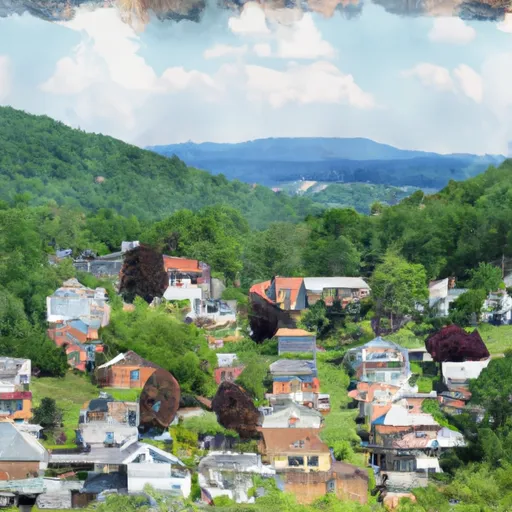°F
°F
mph
Windspeed
%
Humidity











Whitetop, Virginia is a picturesque mountain community located in the southwestern part of the state. Nestled in the heart of the Mount Rogers National Recreation Area, it offers a unique climate and a wealth of outdoor recreation opportunities.
The climate in Whitetop can be described as cool and temperate, with mild summers and cold winters. The area experiences ample rainfall throughout the year, contributing to the hydrology constituents of the region. Whitetop is home to several streams and rivers, including the South Fork of the Holston River and Whitetop Laurel Creek, which provide abundant fishing and kayaking opportunities.
Outdoor enthusiasts will find a wide range of activities to enjoy in Whitetop. The area boasts an extensive network of hiking and biking trails, offering stunning panoramic views of the surrounding mountains. One of the highlights is the Virginia Creeper Trail, a popular 34.3-mile multi-use trail that winds through the scenic countryside, making it perfect for biking, walking, or horseback riding.
Additionally, Whitetop is known for its excellent camping facilities, providing the perfect setting for overnight stays and outdoor adventures. Whether it's fishing, hiking, biking, or simply immersing in the natural beauty, Whitetop offers a remarkable outdoor experience for visitors and residents alike.
Weather Forecast
Whitetop receives approximately 1328mm of rain per year, with humidity levels near 83% and air temperatures averaging around 10°C. Whitetop has a plant hardyness factor of 6, meaning plants and agriculture in this region thrive during a short period during spring and early summer. Most plants will die off during the colder winter months.
Regional Streamflow Levels
101
Cubic Feet Per Second
36
Cubic Feet Per Second
98
Cubic Feet Per Second
105
Cubic Feet Per Second
Nearby Camping
| Camping Area | Reservations | Toilets | Showers |
|---|---|---|---|
| Raccoon Branch | |||
| Hurricane | |||
| Grayson Highlands State Park | |||
| Beartree | |||
| John H. Moss Lake City Campground | |||
| Hungry Mother State Park |



